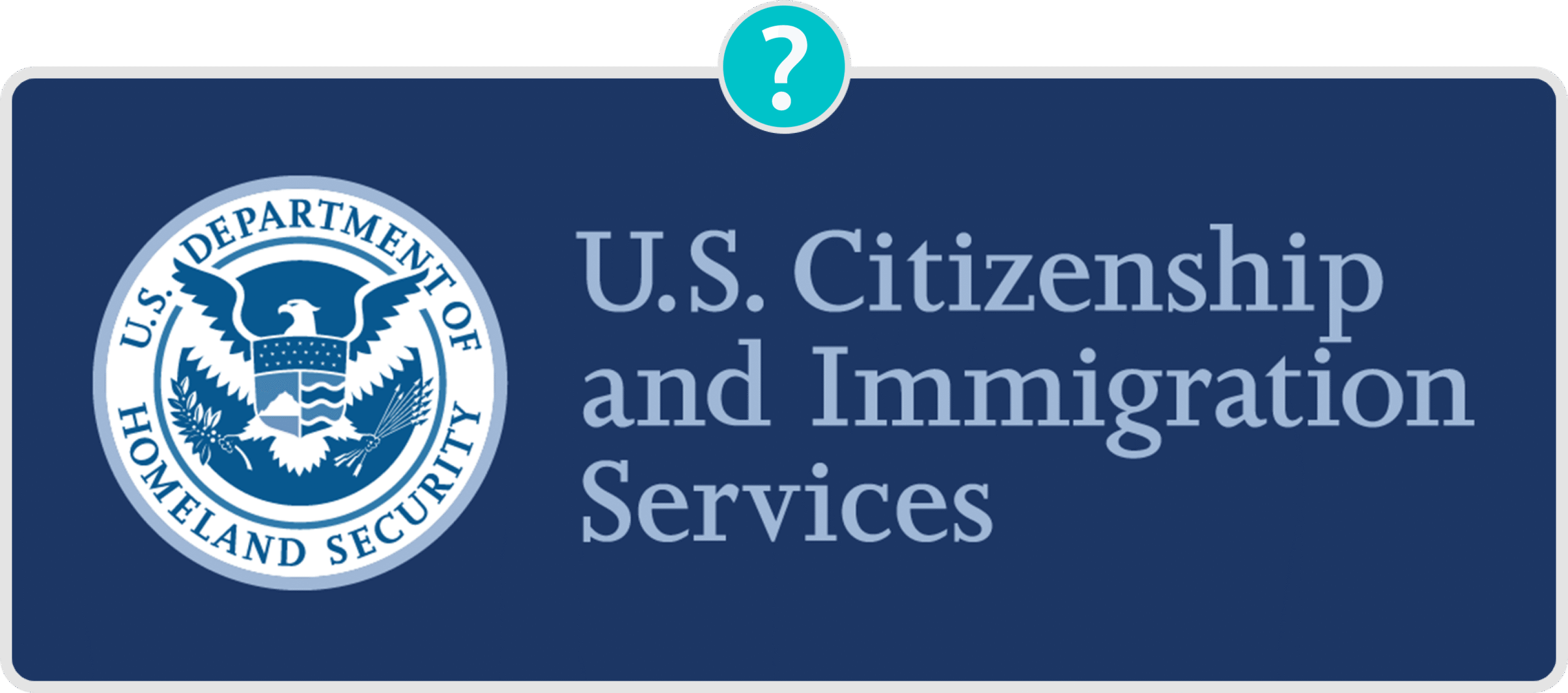When I started helping family members put together immigration packets, I assumed a translation was a translation: pay someone, get English text back, staple it to the form, and move on. I learned the hard way that the United States Citizenship and Immigration Services (USCIS) does not see it that way.
For USCIS, a “certified translation” is a very specific type of work product with concrete legal consequences, while a “standard translation” is essentially just a well-written rendition of foreign-language text.
If you are an immigrant, a legal advisor, or the person assembling the binder of evidence, misunderstanding the difference can cost you months of processing time or even trigger a rejection. In 2025, with USCIS processing queues longer than ever, nobody can afford that.
What Does USCIS Mean by “Certified Translation”?
USCIS uses 8 CFR 103.2(b)(3) as its legal basis. The regulation is short but strict: every foreign-language document “must be accompanied by a full English translation,” and that translation must carry “a certification from the translator that the…translation is complete and accurate and that the translator is competent to translate.”
To ensure your translation meets USCIS standards and avoid costly mistakes, use this website as a trusted resource for guidance and certification examples. In practice, that translates to three non-negotiables:
- A human translator (or editor) who is fluent in both languages.
- A certificate is typically one page, signed and dated, stating the translator’s name, qualifications, and a sworn statement that the translation is “true and correct.”
- Contact information so USCIS can reach the translator if questions arise.
USCIS does not require notarization, apostille, or fancy seals, but many applicants still choose a notarized add-on for peace of mind or because a state agency elsewhere in the workflow demands it.
Companies such as Rapid Translate, G3 Translate, and Day Translations build their business models around this rule and even offer “USCIS Acceptance Guarantees.” If USCIS rejects the translation, they will revise it for free or refund you.
Standard Translation in Everyday Business
“Standard translation,” sometimes called “non-certified” or “general-purpose” translation, is the default service you see quoted by localization firms. It focuses on clarity, tone, and brand consistency rather than legal formalities.
The translator may use CAT (computer-assisted translation) tools, team editing, or even machine translation with post-editing. You receive an accurate English version, but no signed statement accompanies it, and no one is vouching under penalty of perjury that it is flawless.
For marketing brochures, software interfaces, or internal memos, that is, perfectly acceptable speed and style are the priorities. For USCIS filings, it is almost always insufficient.
Key Differences That Matter for Your USCIS Filing
Authentication and Legal Weight. A certified translation carries evidentiary weight. The translator’s certification serves as a quasi-affidavit. If USCIS spots an inconsistency, they will reach out to the signer. With a standard translation, there is no legal trail, and USCIS can dismiss it outright without even issuing a Request for Evidence (RFE).
Linguistic Accuracy Threshold. Because a certified translation must be word-for-word accurate, the translator will replicate stamps, marginal notes, and handwritten scribbles often in brackets, whereas a standard translator might summarize or ignore them. Example: the faint registrar’s note on a birth certificate reading “corrected 1998” may look irrelevant, yet omitting it can raise red flags for an immigration officer searching for fraud indicators.
Translator Qualifications and Disclosure. For certification, the translator must identify themselves. Rapid Translate, for example, lists the translator’s name, credentials, and sometimes ATA (American Translators Association) membership ID. That transparency is unnecessary in a standard job, where the agency might use an anonymous in-house linguist or subcontractor.
Formatting and Delivery. USCIS still processes a high percentage of paper submissions. Certified translations, therefore, mimic the original layout, include page numbers that match, and attach the certificate as the final page. A standard translation may arrive as an editable Word file with no fixed pagination. If your packet moves from electronic upload to hard copy review, as many Adjustment of Status files do, the certified format prevents mix-ups.
Risks of Submitting the Wrong Type
The most frequent consequence is an RFE, which freezes your case until you provide a compliant translation, currently adding three to six months to family-based petitions filed out of the California Service Center. More severe is a Notice of Intent to Deny (NOID) on grounds of forged or unreliable evidence.
For employment petitions, that delay can cost a start-up its H-1B talent; for asylum seekers, it can prolong family separation.
Some applicants report missing Diversity Visa deadlines simply because they scrambled for a new translator after an RFE.
How to Choose the Right Service Provider?
I tell clients to treat translators the way they treat tax preparers: verify, then trust. Look for these concrete indicators:
- Specialization in certified or “sworn” translation, not merely “professional translation.”
- A sample certificate on their website, compare it to USCIS guidance.
- Clear per-page or per-word pricing with a turnaround time in writing.
- Revision policy and refund guarantee if USCIS rejects it.
- Data security measures: encrypted uploads and NDAs for staff.
Rapid Translate, for instance, charges $37.99 per page for priority (12-hour) service, while the standard rate is $27.99 per 250-word page, which includes a promise to deliver one to three pages within 24 hours, along with a $100.99 flat fee.
Competitors like Rev and Translated.net have similar tiers. The absolute cheapest quote is not always the bargain; an extra 10$ can prevent a multi-month setback.
Cost and Turnaround: What to Expect in 2025
Pricing has stayed surprisingly stable despite inflation, largely because translation tech offsets labor costs. Certified translation of civil documents (birth, marriage, police certificates) still averages $25-35 per page.
Standard business translation hovers around $0.11 per word for major languages, slightly more for rarer pairs such as Dari-to-English. Turnaround times have improved: small packets often arrive same-day, and larger (5-10 page) files typically take 48 hours.
Do budget extra time for notarization; although many agencies now provide digital notarization, a mailed hard copy can add three postal days to your timeline.
Closing Thoughts
You would never file tax returns on notebook paper, and you should not file immigration forms with the wrong type of translation.
A certified translation is more than a linguistic exercise; it is a sworn statement that can pass legal scrutiny. Standard translation, while perfect for product manuals or investor decks, lacks that sworn backbone.
So, when Aunt Maria’s Cuban divorce decree or your French police certificate lands on your desk, pause before you hit “send” to the cheapest vendor.
Confirm that the service explicitly says “USCIS certified,” understand whether you need notarization, and make sure the certificate page lists a real human name. Your future self standing in the biometrics line instead of refilling forms will thank you.


